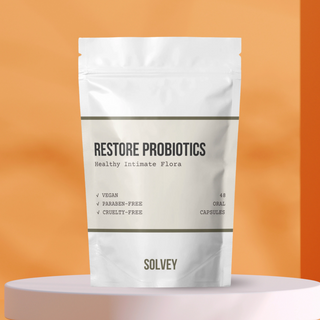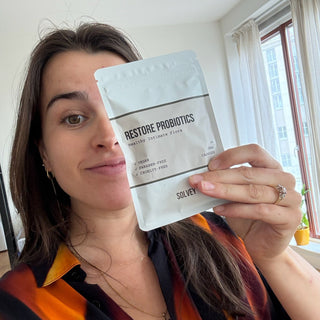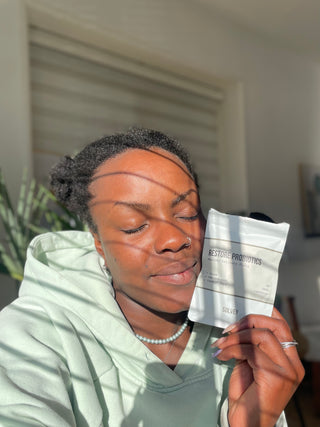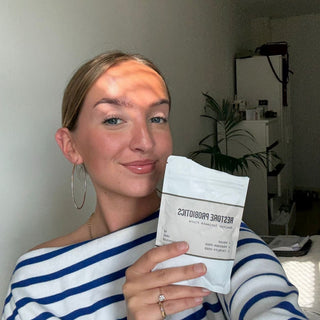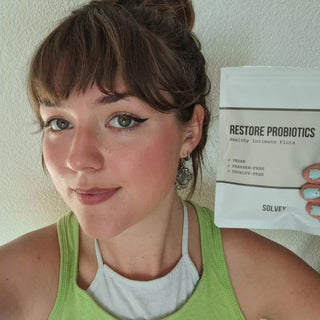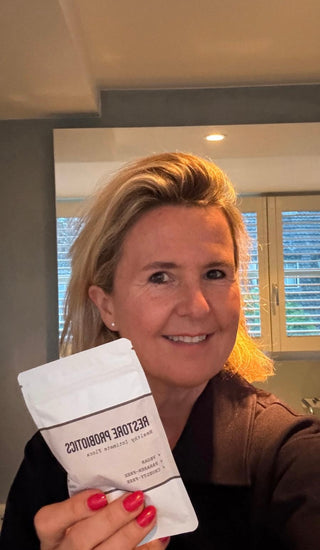If you’ve ever had vaginal discomfort; itching, unusual discharge, or an unfamiliar odor, you know how confusing it can be. Many women wonder: is this a yeast infection, or could it be bacterial vaginosis (BV)? The symptoms sometimes overlap, but the causes, treatments, and prevention strategies are very different. Let’s break it down.
What Causes a Yeast Infection?
A yeast infection (vulvovaginal candidiasis) happens when Candida, a fungus that naturally lives in the vagina, overgrows.
- Typical triggers: antibiotics, hormonal changes, stress, or a weakened immune system.
- Main symptoms: intense itching, redness, swelling, and a thick, white discharge often compared to cottage cheese.
- Odor: usually none or very mild.
What Causes BV?
BV is caused by an imbalance in the vaginal microbiome, when Lactobacillus bacteria (the good guys) decline and other bacteria, like Gardnerella vaginalis, overgrow.
- Typical triggers: new or multiple sexual partners, douching, or disruption of vaginal pH.
- Main symptoms: thin, grayish discharge with a strong, fishy odor.
- Itching: usually minimal or absent (different from yeast infections).
Key Differences at a Glance
| Symptom | Yeast Infection | Bacterial Vaginosis (BV) |
|---|---|---|
| Discharge | Thick, white, “cottage cheese” | Thin, watery, grayish |
| Odor | None or mild | Strong, fishy smell |
| Itching | Intense | Mild or absent |
| Cause | Overgrowth of Candida yeast | Imbalance in vaginal bacteria |
Supporting Your Vaginal Health
Whether you’re dealing with yeast or BV, both are signs that your vaginal microbiome needs support. Keeping the right balance of Lactobacillus bacteria is key to preventing both.
- Probiotics: replenish the good bacteria.
- Boric acid suppositories: help restore a healthy pH and are especially helpful for recurring issues.
- Lifestyle tips: avoid douching, wear breathable cotton underwear, and manage stress.
Final Takeaway
BV and yeast infections share some symptoms, but they are caused by different microbes and require different treatments. Knowing the difference helps you get the right care, and supporting your vaginal microbiome is the best long-term strategy for preventing both.


